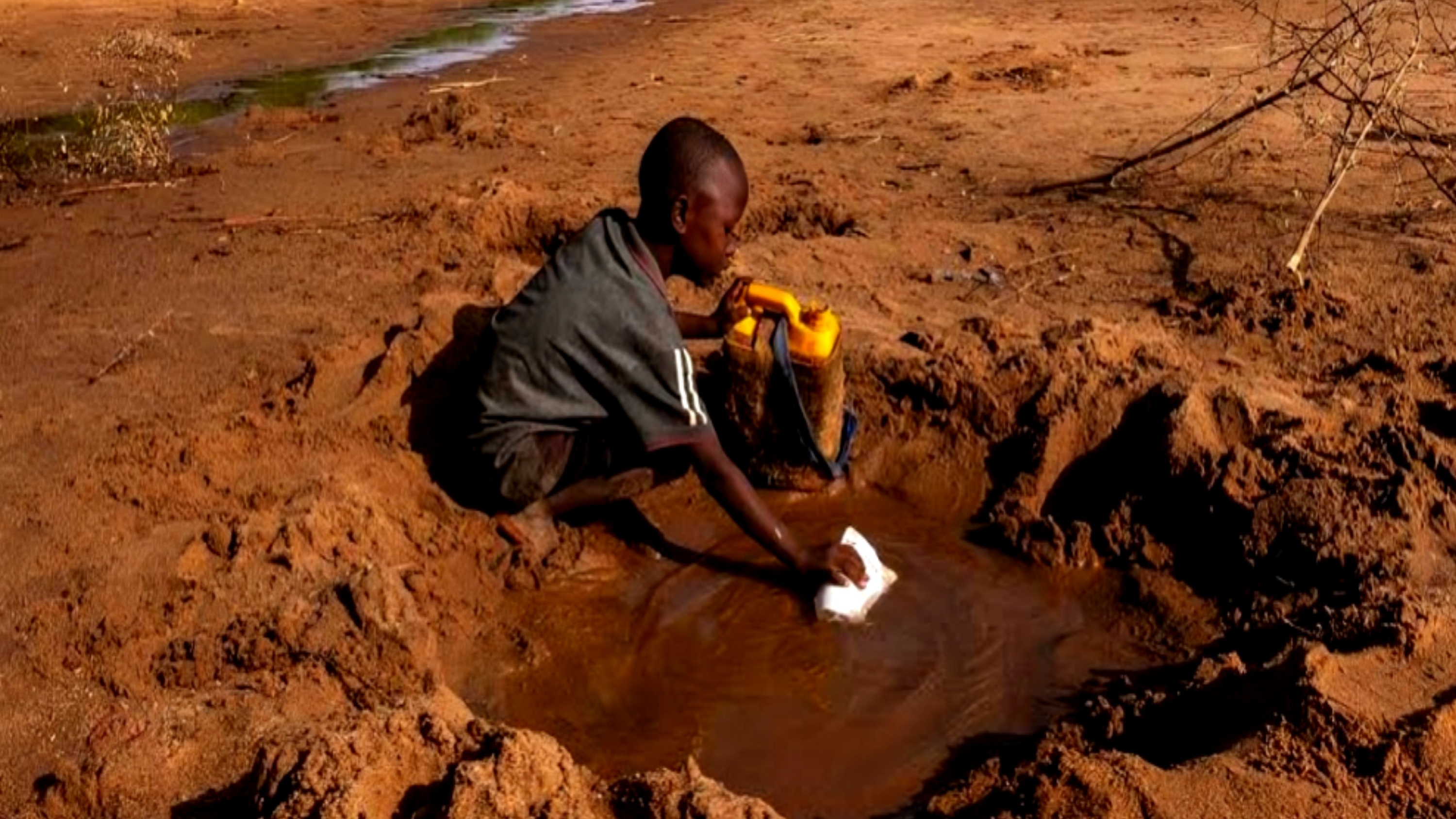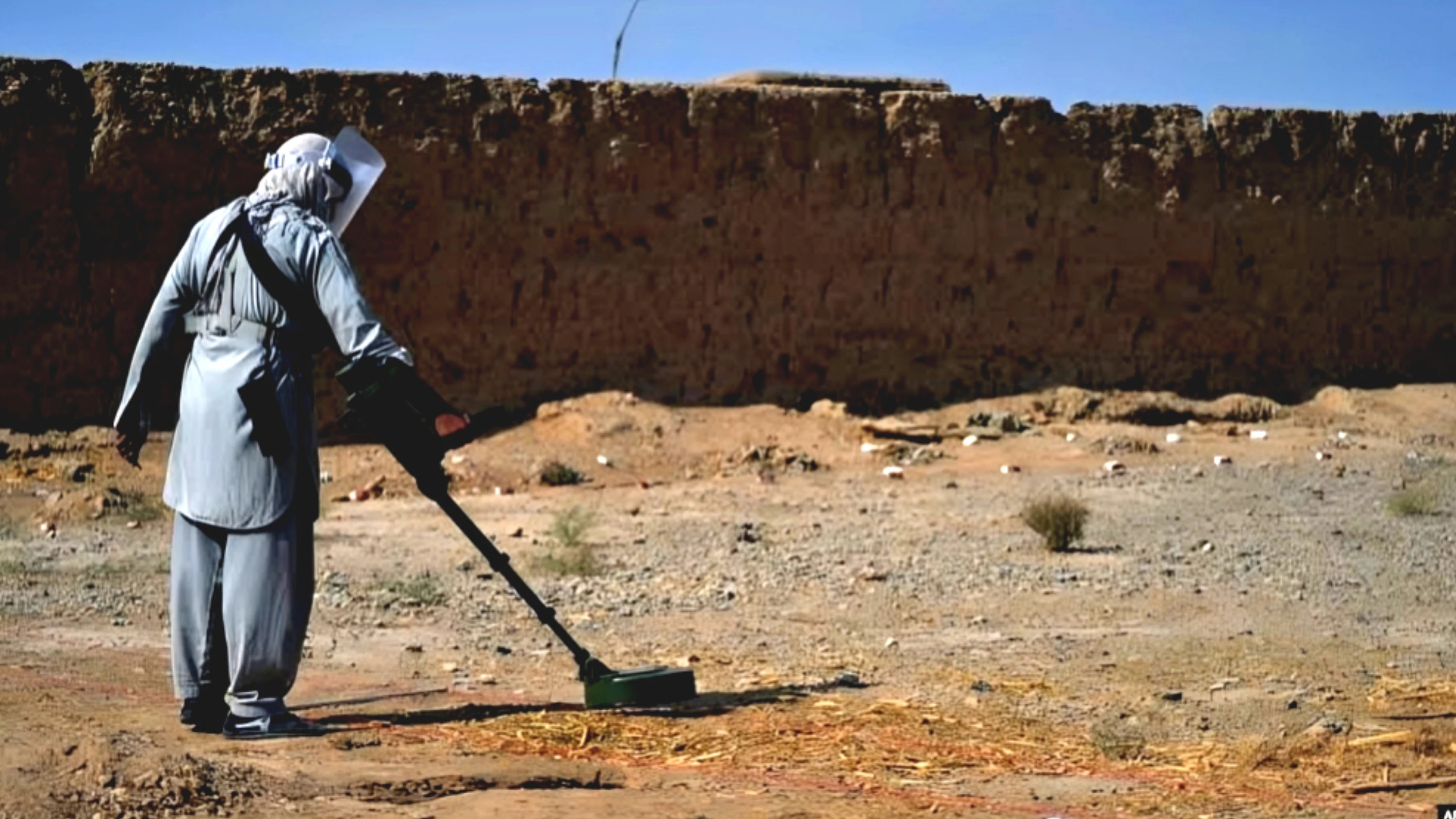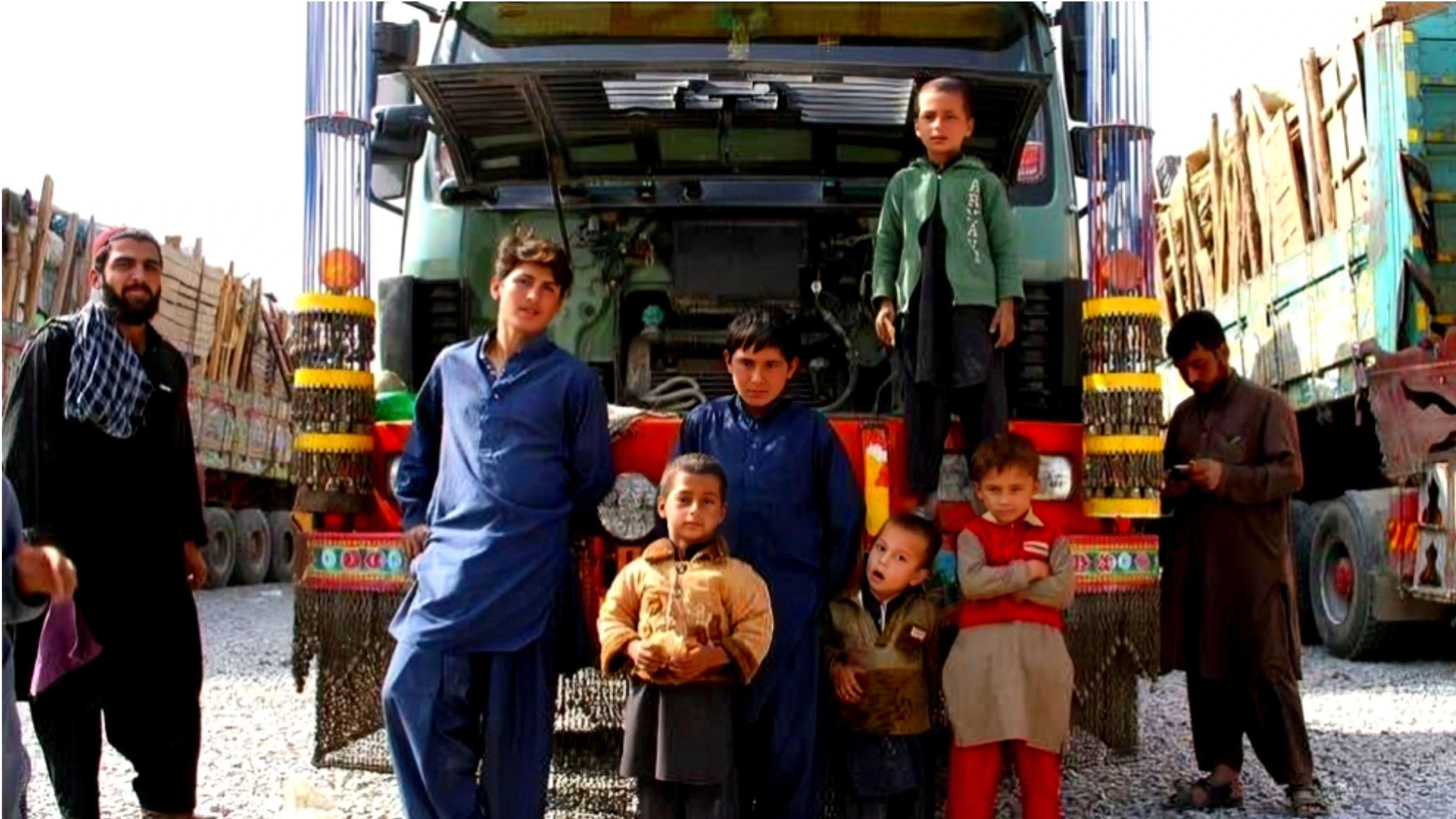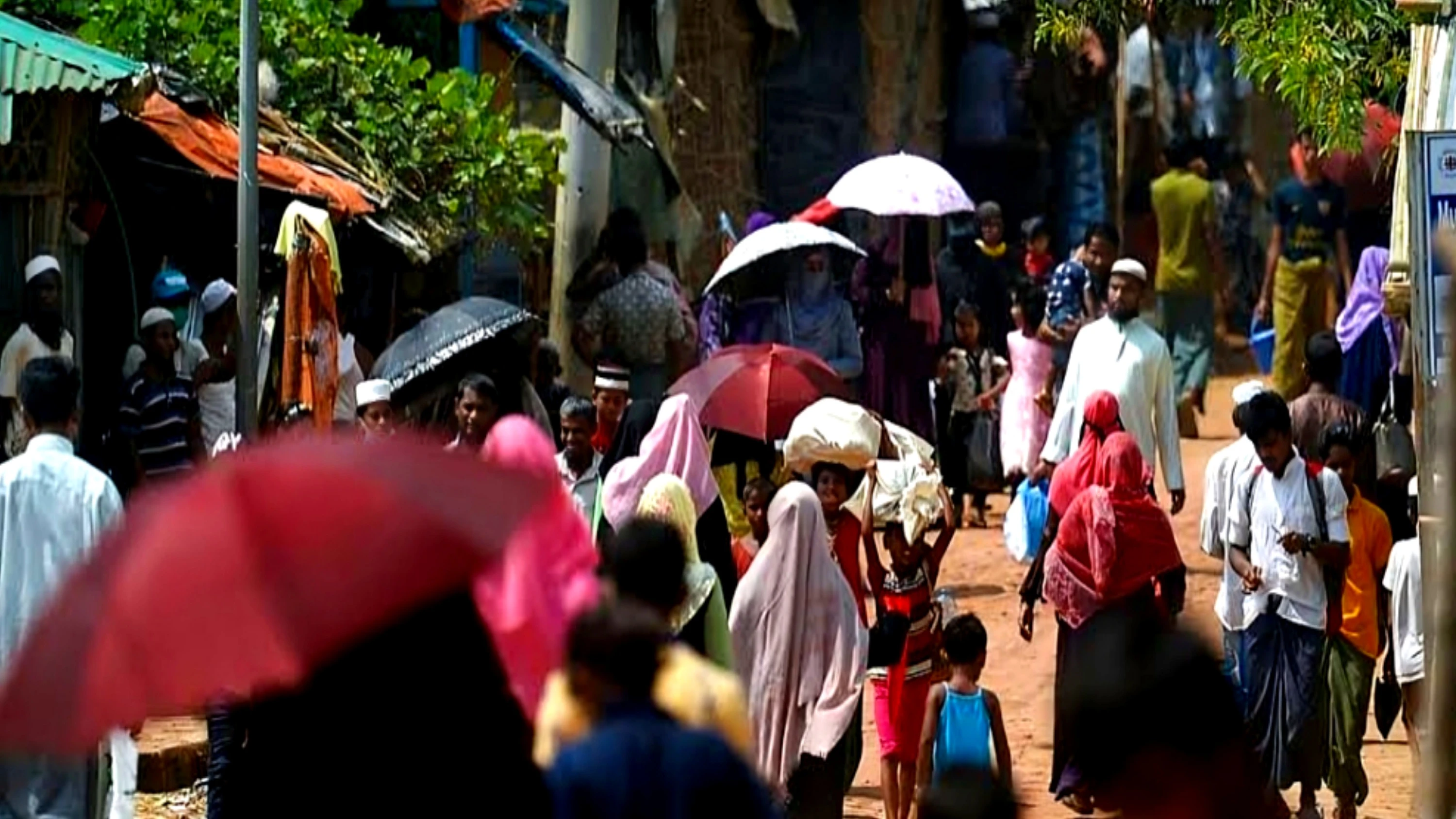Geneva: The World Food Programme (WFP) has warned that an additional one million people in Somalia could experience crisis-level hunger in the coming months due to an anticipated drought during the next planting season.
Jean-Martin Bauer, director of WFP's Food Security and Nutrition Analysis Service, cautioned that the number of people affected could rise even further as a result of funding shortages.
Somalia and the broader Horn of Africa region have already suffered severe drought conditions in recent years. A study found that consecutive failed rainy seasons in 2022 led to the worst drought in over four decades, contributing to the deaths of approximately 43,000 people.
Currently, around 3.4 million Somalis are facing acute food insecurity, classified as Phase 3 or higher under the Integrated Food Security Phase Classification (IPC) system. This number is expected to increase to 4.4 million in the coming months, according to Bauer. The IPC system categorizes Phase 3 as a crisis, Phase 4 as an emergency, and Phase 5 as a famine or catastrophe.
Forecasts indicate below-average rainfall between April and June 2025, which could result in drought conditions following two previous failed rainy seasons. Children are expected to be among the hardest hit, with WFP estimating that 1.7 million children under five will suffer from acute malnutrition by December 2025. Of these, approximately 466,000 will face severe acute malnutrition.
Bauer noted that WFP has already been forced to scale back its aid operations due to funding constraints, currently assisting 820,000 people—significantly fewer than the 2.2 million it supported at the peak of the crisis in 2022.
While discussing financial challenges, Bauer also addressed concerns about potential cuts to U.S. aid, which have not yet been factored into projections. He warned that the situation in Somalia could deteriorate further due to multiple factors, including adverse weather conditions, funding shortfalls, high food prices, and ongoing conflict in the country.








